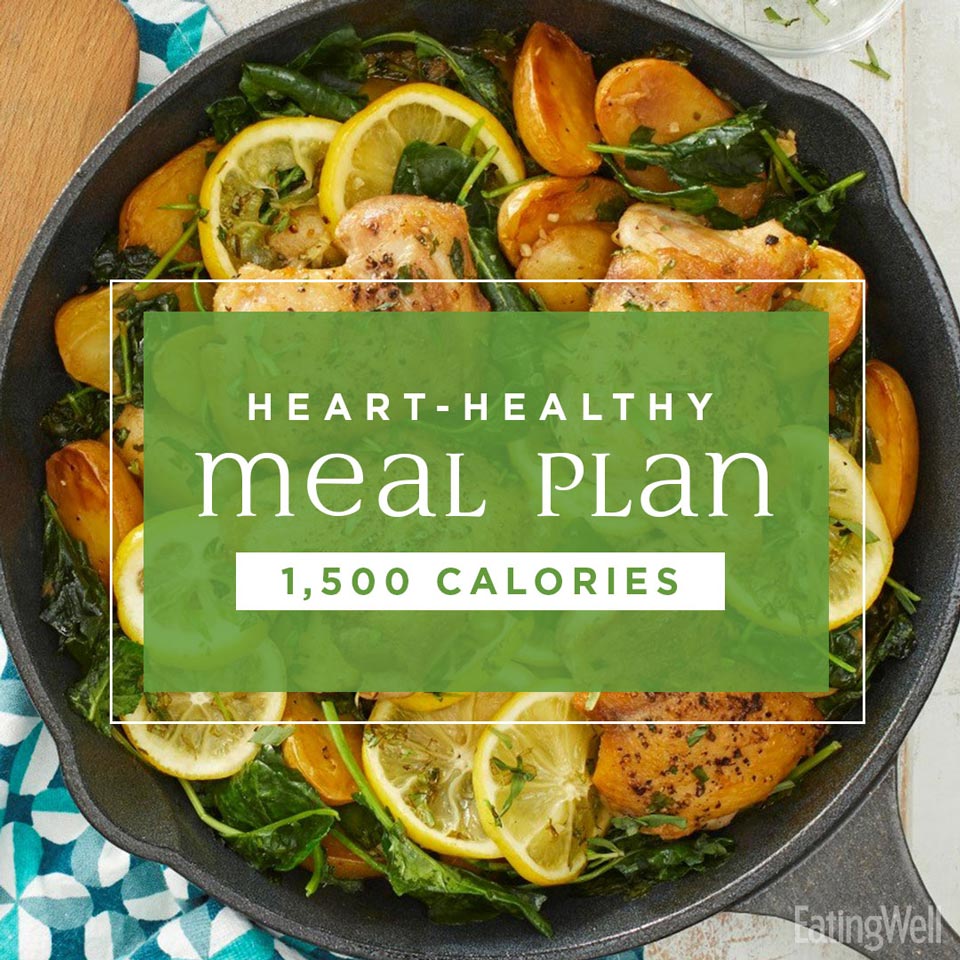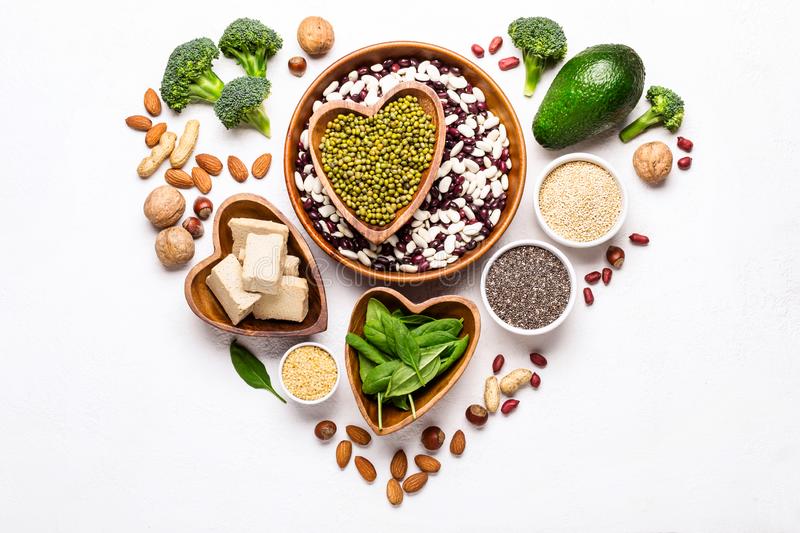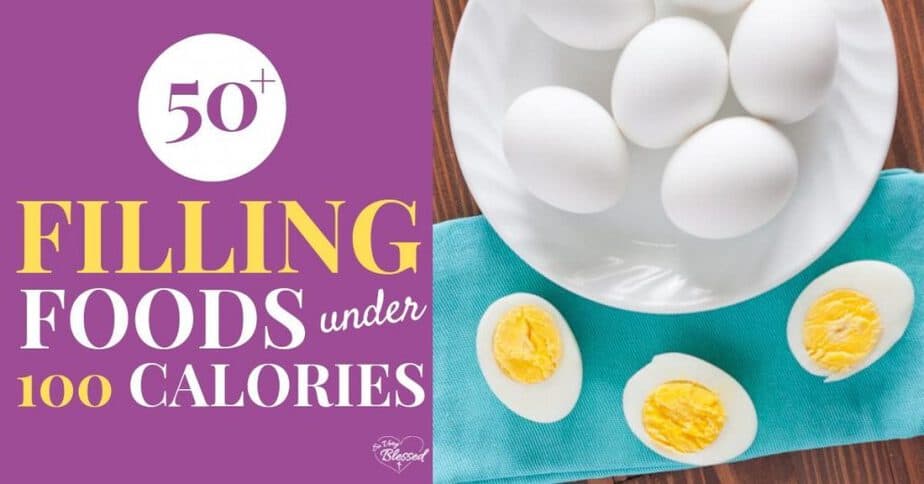
There are many types oil and fats that can be used in industrial processes. These substances are generally solid at room temperature, but can become liquid in cooler climates. Coconut oil or palm oil, however, is solid at roomtemperature, but becomes liquid when it is cold. Vegetable oil, paraffin wax, and glyceryl esters can all be used as examples. Here are some examples.
The best source of energy are unsaturated fats, which the USDA recommends that you consume a small amount each day. These oils are essential for the body, as they provide vitamins and minerals. These fats have low calories and no cholesterol. Instead, they are more protein-rich and contain fewer calories that saturated fats. You can read more about the difference between unsaturated and saturated fats in our article.

Natural fats and oils are complex mixtures of triglycerides. They are rich in fatty acids such as oleic acid and linoleic. Linoleic and lainoleic are the two main fatty acid components. These fatty acids are derived from both animal and plant species and their composition can be affected by dietetic factors.
Some of the most common fats and oils are trans fats and saturated fats. But, there are some unsaturated oils that can be beneficial. These can help lower cholesterol. But be careful! The opposite is true for polyunsaturated fats. They are a better choice for your diet. Eat lots of nuts, seeds, and salads, and you'll have a healthy body. Vegetable oil is better than butter if you are concerned about your cholesterol levels.
Natural organic compounds are fats and oils. There are two main types: unsaturated fats, and saturated fats. Both types of fats and oils are essential for human life. Both types of fats and oils are essential for our bodies to function properly. Each is good for a beginning. Like vegetables, oil is essential to our overall health. It is important to eat a variety oily foods.

Essential components of food are fats and oil. While most people are well aware of the importance and benefits of eating healthy fats, it can also have an impact on your health. Most types of oils and fats are mainly saturated, but some are also monounsaturated. The majority of oils and fats are healthy. Healthy eating habits should contain both fats and oils.
Triglycerides, which are the main types for oils and fats, are the triglycerides. Triglycerides can be described as the ester groups of three different fatty acids that are attached glycerol. The melting point of a fat or oil is influenced by its amount of unsaturated fat. Many foods contain oils and fats, but it is what you eat that matters most. For example, there are various types of coconut oil and fish oil.
FAQ
What foods help me lose more weight?
Consuming fewer calories is a great way to lose weight quickly. There are two ways to do this:
-
Reduce the amount of calories that you consume each day.
-
Through physical activity, you can increase the amount of calories that you burn.
It's not difficult to cut down on the amount of calories you eat. There are calorie-laden fast food options all around us. Here are some foods that can help you lose those extra pounds.
-
Beans are rich in fiber and protein. They are low in calories, so they're a good choice for people who want to lower their caloric intake.
-
Oatmeal is low on calories but high in nutrients, such as magnesium or potassium. Oatmeal is lower in sugar than other cereals.
-
Eggs are rich in protein and cholesterol. Eggs can be eaten once or twice per week to increase metabolism, which will help you burn more calories during the day.
-
Whole grain bread may help you feel fuller, longer.
-
Dark chocolate is high in antioxidants, flavonoids and other substances that have been linked with lower blood pressure and better heart health.
-
Cottage cheese is high-in calcium, which can help build strong bones. Cottage cheese is also a good source for vitamin D which helps boost immunity.
-
Salmon is packed with omega-3 fatty acids, which promote brain development and improve cardiovascular function.
-
Green tea is chock-full with catechins. These compounds fight cancer and boost metabolism.
-
Broccoli is an excellent source of folic acids, which helps to lower homocysteine levels. A higher risk of developing heart disease and stroke is associated with high homocysteine levels.
-
Yogurt is a great way to add probiotics into your diet without loading up on added sugars. Probiotics are important for your digestive health.
-
Berries are a delicious snack option that's also very nutritious. All fruits, including blackberries, blueberries, raspberries, raspberries, cranberries and strawberries, are rich in vitamins and minerals.
-
Avocados are bursting with healthy fats. A half avocado has 80 calories but plenty of filling fiber.
-
Nuts are a tasty snack option that also happens to be a great source of protein. Almonds, cashews, hazelnuts, pecans, walnuts, and pistachios are all great choices.
-
Sweet potatoes are another starchy root vegetable rich in beta carotene. It makes your skin shine. Because they have higher levels of beta carotene, the orange sweet potatoes are more beneficial than regular sweet potatoes.
How to Create an Exercise Routine?
It is important to establish a routine. It's important to have a plan for each day. This will help you plan ahead and prevent procrastination.
A second important thing to do is ensure you have lots of variety when it comes to your exercise routine. Exercise shouldn't be boring. Otherwise, you'll lose motivation.
Keep track of your progress. It's important that you keep track of the weight you have gained or lost over time.
If you lose weight and then gain more weight, it is easy to lose your motivation. It's harder to stay motivated if you gain too many pounds.
It is important to find the right balance between weight gain or weight loss. If you are unhappy about where you are, it will make you less likely to exercise.
What can I have in the morning when I'm intermittently fasting?
Water should be consumed first thing in the AM. You feel fuller faster and have more energy throughout the day. To add some flavor, you can add lemon juice to the mix or cucumber slices.
What effect does intermittent fasting have on my sleep?
Yes, intermittent fasting does affect your sleep. If you skip meals, your hunger hormones will increase. This can lead to you waking up early in the morning.
Experts recommend skipping breakfast. Instead, experts recommend eating light snacks before bed.
If you're still hungry after this snack you can have a small meal right before going to sleep.
Don't overeat. If you do this, you might gain weight instead of losing it.
Is there any side effect to intermittent fasting?
There are no known negative side effects of intermittent fasting. But, it is possible to experience minor side effects if you plan poorly.
If you skip breakfast, for example, you may feel constantly irritable. Headaches, dizziness, fatigue and muscle cramps are all possible.
These symptoms typically disappear in a matter of days.
How Much Weight Can You Lose in a Week?
Your current bodyfat percentage determines the amount of weight you will be able to lose. First, calculate how much weight your goal weight is and then determine what your BMI (Body Mass Index). Your BMI tells us how much weight you should lose in order to achieve this goal. If your BMI is 25 or greater, you're overweight. If your BMI exceeds 30, you may be obese.
For example, if 200 pounds is your BMI, it would be 28.7. To get to a healthy weight range, you'd need 70 pounds of weight loss. To see if you're overweight, visit www.healthyminds.com/bmi/.
Once you know your BMI, this formula will allow you to determine how many pounds per week you'll be able to lose.
(Your Goal Weight - Current Weight)/BMI * 7 Number Of Pounds Lost Per Week
If you want to lose 50 pounds in one month, you'd need 2 weeks' worth of exercise, which equals 56 days, divided by 7 pounds lost per day. This equates to an average of 8.3lbs per week.
You could also try this calculator from www.weightlosscalculator.net. It gives you a rough estimate of how many calories you should eat daily to lose 1 pound per week.
Statistics
- One 6-month study showed that simply doing 11 minutes of strength-based exercises 3 times per week resulted in a 7.4% increase in metabolic rate, on average. (healthline.com)
- Another study found that 24 weeks of weight training led to a 9% increase in metabolic rate among men, which equated to burning approximately 140 more calories per day. (healthline.com)
- A 12-week study in 20 women with obesity found that walking for 50–70 minutes 3 times per week reduced body fat and waist circumference by an average of 1.5% and 1.1 inches (2.8 cm), respectively (healthline.com)
- According to Harvard Health, it's estimated that a 155-pound (70-kg) person burns around 167 calories per 30 minutes of walking at a moderate pace of 4 mph (6.4 km/h) (5). (healthline.com)
External Links
How To
How to Lose Weight Fast
There are many ways to lose weight fast. Most people find these methods ineffective and not sustainable. It is best to exercise and lose weight quickly through diet. Eat fewer calories daily than what you burn. This means that you should eat fewer calories per day than your body burns during regular activities. Reduce your calorie intake to quickly lose weight.
Avoid foods high in fat and sugar as they can increase your appetite. You should also drink lots of water every day. It keeps you hydrated, and your metabolism at its best. These three ingredients can be combined to produce faster results than you could ever imagine.